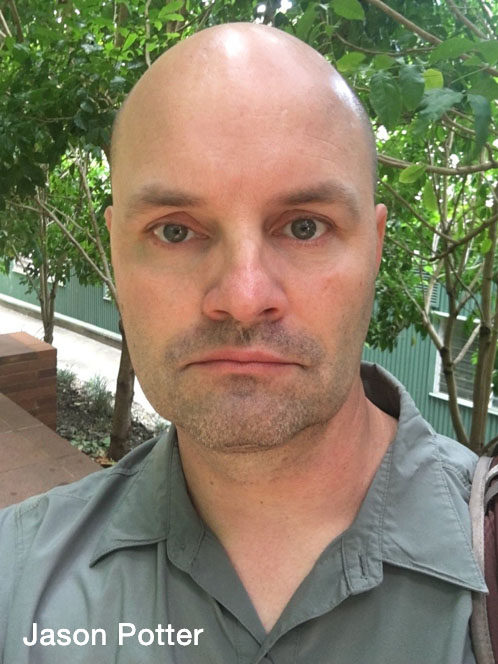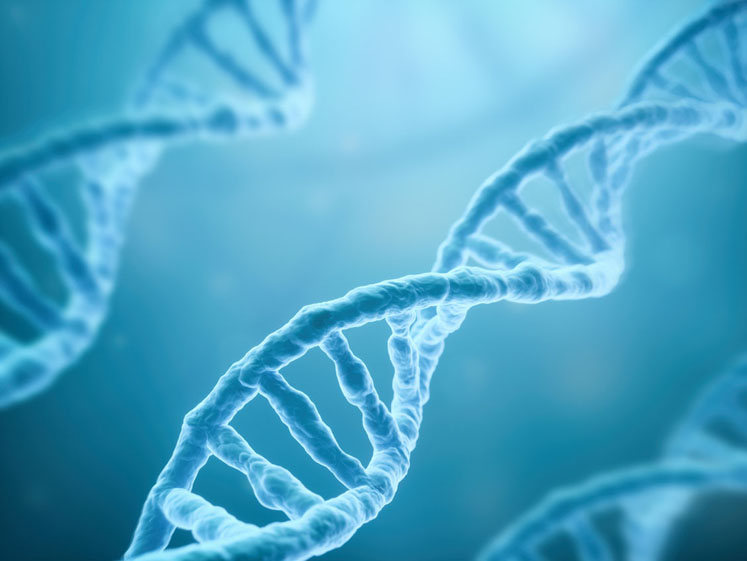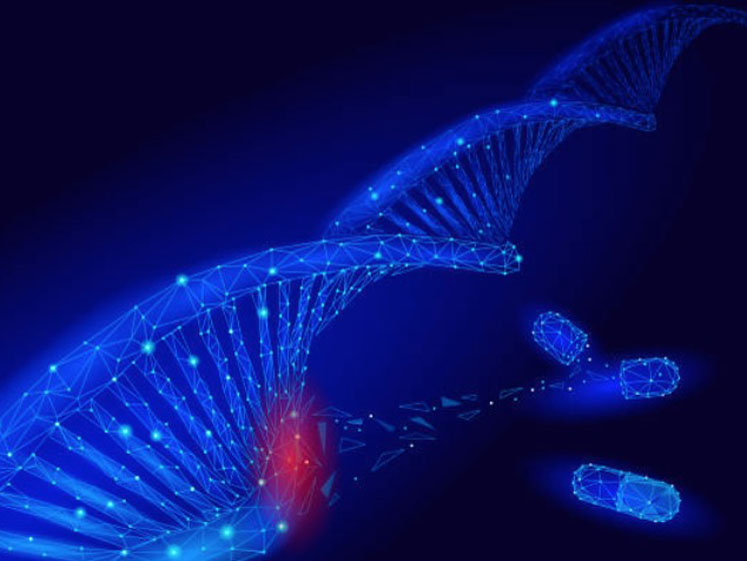Cross-industry collaboration is something we see as being crucial to successfully develop and bring cell and gene therapies to scale so that more patients can benefit, notes Jason.
“The pharmaceutical industry has a strong track record of innovating to solve industry challenges, but to accelerate the development of new cell and gene therapies (CGTs), we need to think about innovation more proactively."
"To make these treatments accessible and more affordable, biopharma companies, industry partners, clinicians and patients will need to work together to build and support new approaches, infrastructures, supply chains and manufacturing workflows.”
“As the market for CGTs grows, we are working closely with developers throughout every stage to support them on their path to success. We provide expertise, including expansive regulatory and process optimisation knowledge, and offer partners access to our latest solutions."

"Through our global pharmaceutical services network, we support cell and gene therapy developers across 15 global sites that offer development, manufacturing and supply chain services.”
KSR: Since the invention of CRISPR, how has gene therapy development evolved?
JP: CRISPR-Cas9’s gene editing capabilities unlocked opportunities for medicine that were previously not thought possible.
Today, we can make snips in DNA and remove, add or correct genes to treat or even potentially cure disease — and the industry is constantly working to refine technologies to make gene editing tools even more precise and eliminate the potential for double-strand breaks.
During the last decade since the discovery of CRISPR, the gene therapy field has expanded quickly. There are now more than 20 therapies approved in the US, with thousands of clinical trials under way (mainly using CRISPR-based nucleases).
The industry is getting better and better at harnessing CRISPR for precise gene editing applications to develop treatments for a range of diseases while also exploring new gene editing techniques such as base editing and prime editing.
In 2019, the first patient with sickle cell anaemia was successfully treated using CRISPR and it's anticipated that the first sickle cell gene editing therapy will be approved later this year.
KSR: What is the most common gene therapy delivery platform used today?
JP: For a gene therapy treatment to reach a patient, gene editing tools must be delivered efficiently and safely to their cells.
Viral vectors, including adeno-associated viruses (AAVs) and lentiviruses (LVs), are currently the most common platform for gene therapy delivery; viral vector delivery can be done inside living organisms (in vivo) or via cell culture (in vitro) with greater efficiency than can be traditionally achieved with other methods.
Viral vectors have been used for decades and are engineered to carry specific genes and therapeutic properties to a cell.
KSR: What are the safety concerns with viral delivery and are there alternative delivery methods?
JP: Although viral vectors are the most widely used gene therapy delivery system, they come with several safety concerns — including the potential to induce immunogenicity or provoke an unwanted immune response.
In addition, viral vector delivery carries a risk of unpredictable off-target effects that can cause adverse immune responses and insertional mutagenesis. Owing to these safety concerns, researchers are exploring alternative methods, including non-viral delivery methods.

Electroporation is one popular option that relies on electrical pulses to create pores in the membranes of cells so that other materials can pass through. Another option is the use of lipid nanoparticles (LNPs), which are already commonly used in mRNA-based therapeutics.
KSR: What are some of the other challenges facing gene therapy developers?
JP: Addressing off-target effects, particularly double-strand breaks, is one of the biggest challenges facing gene therapy developers. Off-target effects can lead to unpredictable genetic modifications that can be difficult to detect.
Double-strand breaks can occur with many gene editing techniques, including zinc-finger nucleases (ZFNs), transcription activator-like effector nucleases (TALENs) and CRISPR. Although these breaks may be minimal, the industry has learned that, occasionally, they can cause massive deletions and rearrangements.
Subsequently, the industry is looking toward gene editing tools such as base and prime editing that can greatly reduce the risk of off-target effects by providing greater specificity and sensitivity. We are also working on solutions to make CRISPR-Cas9-based gene editing more precise, such as our new Gibco CTS TrueCut Cas9 Protein.
There is also a need to standardise development throughout the gene therapy industry, especially for rare diseases with small patient populations.
Although there may be genetic “cures” in development for a growing number of diseases, it takes an incredible amount of effort and investment to get these therapies approved and available to patients.
Multiple initiatives are currently under way to streamline gene therapy development by providing a “playbook” so that the same delivery and manufacturing methods can be used for different diseases.

Lastly, another challenge of concern amongst all stakeholders — from developers to providers to patients — is the need to reduce the cost of gene editing treatments to improve access.
Whereas gene editing can potentially cure patients living with rare/serious diseases, cost can be an enormous barrier. Allogeneic workflows offer one potential solution to mitigate costs by enabling the use of donor cells to develop treatments that could potentially be stored and shipped out to treat multiple patients.
In contrast, many of today’s autologous therapies use a patient’s own cells to develop a personalised therapy that cannot be scaled.
KSR: What's next for gene therapy in the short term? In 10 years?
JP: In the short-term, gene therapies are quickly advancing toward clinical use and have already been approved for a range of diseases including Duchenne muscular dystrophy, beta thalassemia and inherited retinal dystrophy.
As mentioned above, it’s likely that a gene editing treatment using CRISPR will be approved to treat sickle cell disease before the year’s end. Any gene therapy approval is a step forward for patients as gene therapy may represent the first potential “cure” for an otherwise lifelong illness.
During the next decade, we can expect continued progress to address safety and efficacy challenges. Furthermore, we can anticipate a greater push to improve the economics of gene therapy development to ensure that more patients can access these innovative treatments.
